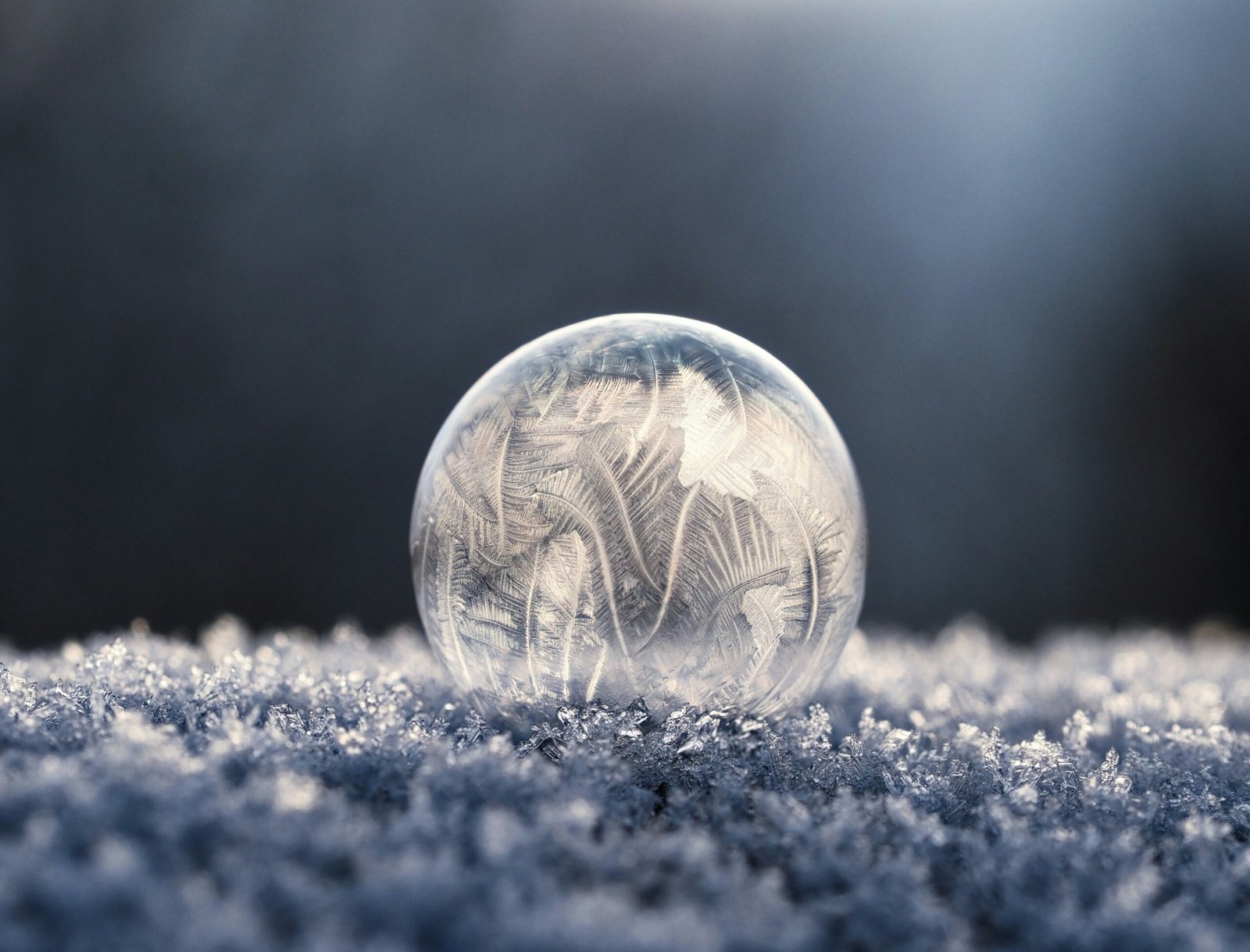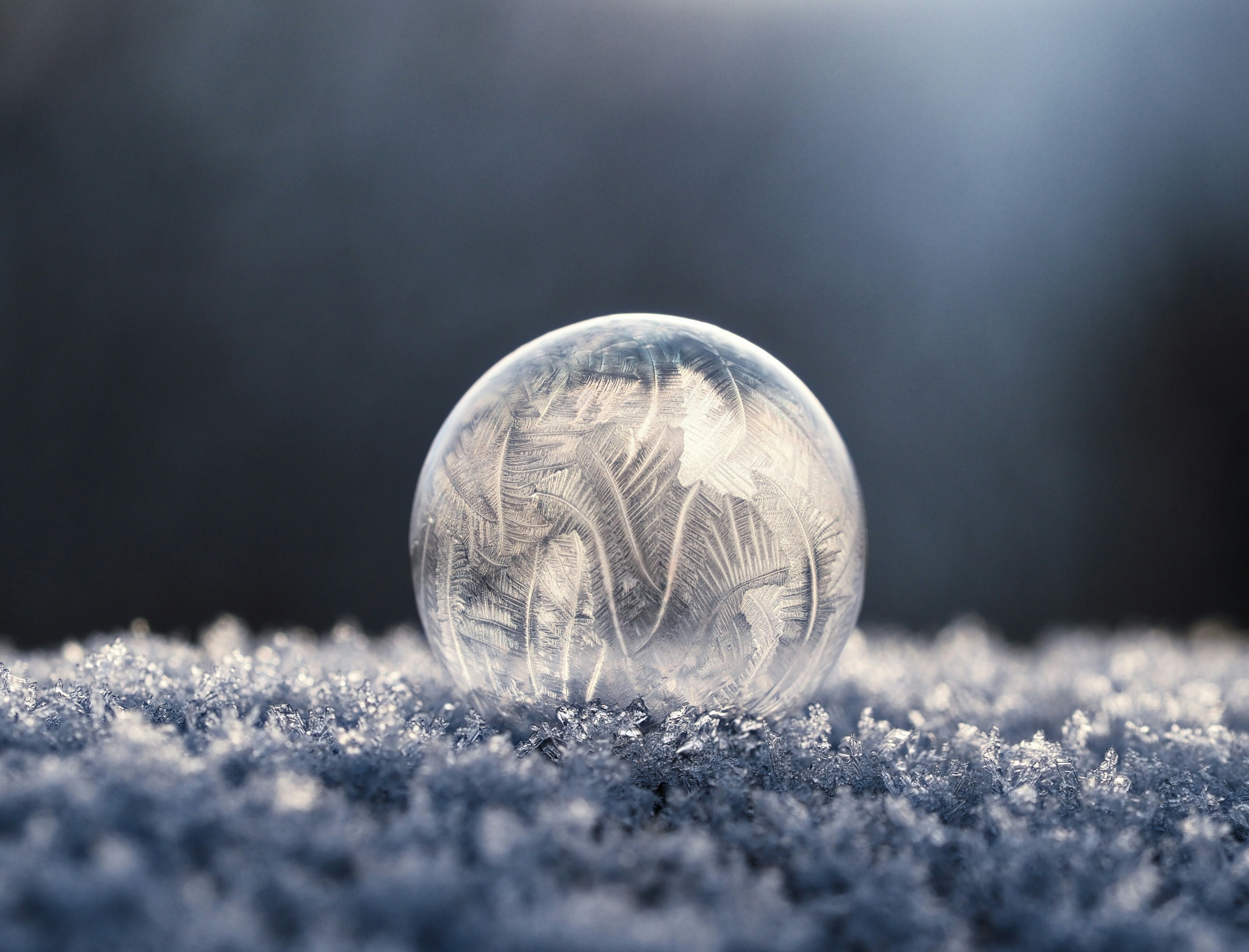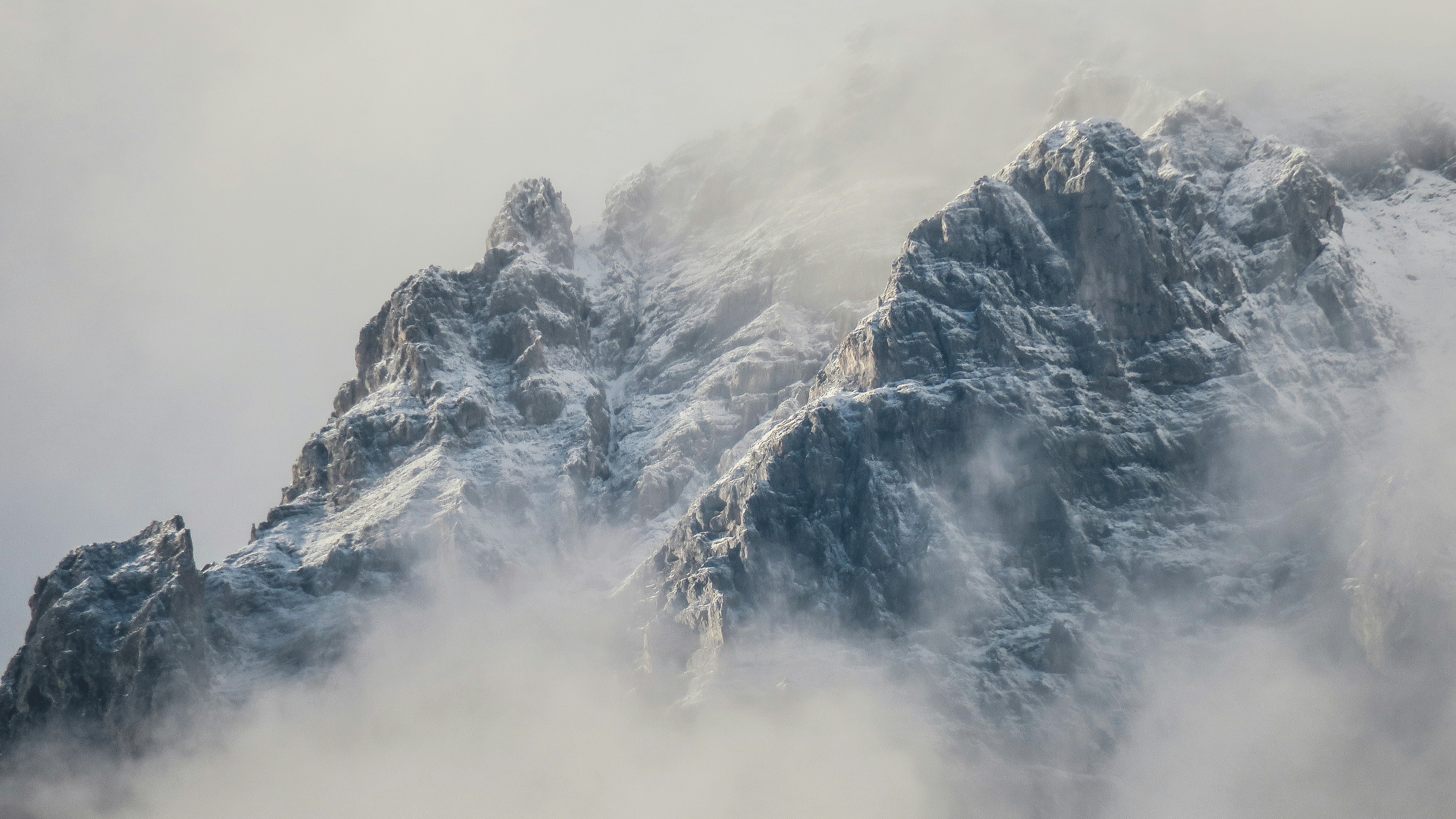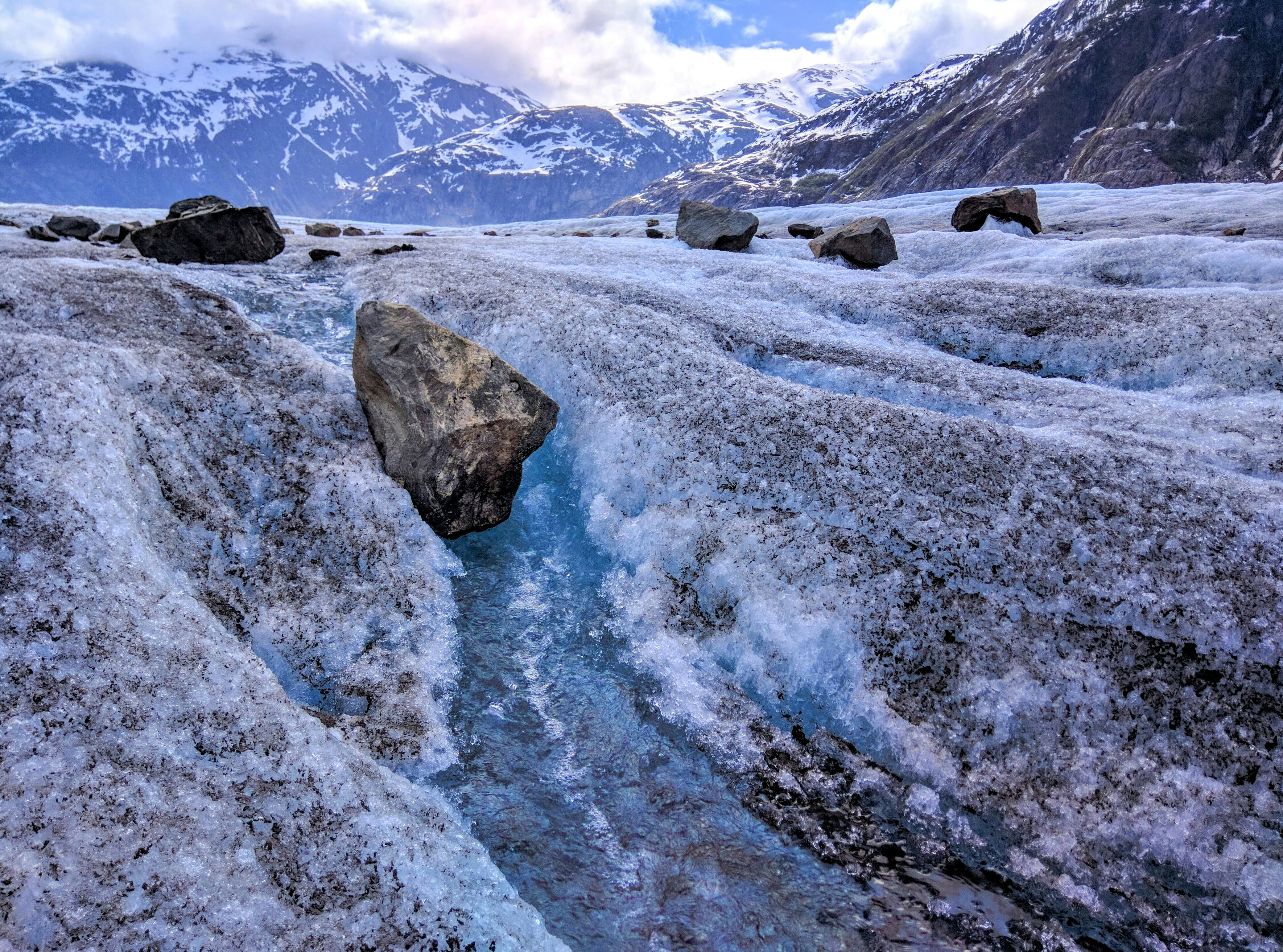Do you ever wonder how a sharp plunge into icy waters could possibly be good for you? It’s a question that seems to hang in the air as the season shifts and whispers of cold-water practices begin to bubble up in conversations among wellness enthusiasts. In a world where warmth and comfort often reign supreme, the practice of cold plunging appears as an intriguing anomaly. Yet, it carries with it a host of benefits that have been cherished through the ages, slowly capturing the curiosity of many.
What is a Cold Plunge?
A cold plunge involves immersing yourself in cold water to lower your body’s temperature suddenly. Typically, this can be done in a dedicated cold plunge pool, a natural body of water, or even a bathtub filled with ice-cold water. Generally, a cold plunge occurs in water temperatures ranging from 50°F (10°C) to 59°F (15°C). This shocking yet invigorating practice isn’t just about the thrill—it’s a ritual steeped in tradition and known to bring numerous health benefits.
Historical Context of Cold Plunges
The practice of cold immersion dates back centuries, with roots seen in various cultures. From ancient Rome, where bathhouses featured both hot and cold pools, to the hardy Norse communities that embraced icy waters, cold plunges were a staple in the wellness toolkit long before modern science caught up with the benefits.
The Science Behind Cold Plunges
So what happens to your body when you take that icy leap? Cold exposure triggers a variety of physiological responses. It stimulates your sympathetic nervous system, spiking adrenaline, and can help lower inflammation levels. Blood vessels constrict upon exposure and dilate afterward, improving the flow of blood throughout your body. Over time, regular cold plunges can even increase your tolerance to cold, enhancing your body’s ability to regulate temperature efficiently.
Boosting Your Immune System
One of the standout benefits of engaging in cold water immersion is its positive impact on your immune system. Regular cold plunges can increase the number of white blood cells in your body, helping to bolster your immunity against illness. When your body is cold, it works harder to maintain its core temperature, thus stimulating your immune system to become more active. This heightened alertness can aid in the faster identification and elimination of pathogens.
Cold Plunges and Seasonal Health
As the seasons change, so do the challenges your immune system faces. Cold plunges can help acclimate your body to cooler temperatures, making it easier for you to fight off common colds and flu that often accompany colder months. By integrating cold plunges into your seasonal routine, you’ll find yourself better equipped to handle the brisk air and the potential sniffles that come with it.
Enhancing Your Mental Well-being
Plunging into icy water doesn’t just shock your system—it also releases a flood of endorphins, those delightful hormones that lift your mood. Many individuals report feeling euphoric and energized after a cold plunge. This can be particularly beneficial during seasonal transitions, when mood changes or disorders like Seasonal Affective Disorder (SAD) might rear their heads.
Mental Resilience Through Cold Exposure
cold plunges can also play a role in building mental resilience. By deliberately stepping into discomfort, you train your mind to face challenges and stress calmly. This practice can carry over into other aspects of your life, equipping you with a stronger mindset to tackle adversity, whether it’s in your personal life or professional endeavors.
Promoting Circulatory Health
Your circulatory system gains noticeable benefits from regular cold plunges. The contrast between your body’s warm core and the cold water causes blood vessels near your skin to contract—to keep internal organs warm—leading to improved circulation once you exit the water.
Benefits for Your Heart
Improved circulation is often linked to better cardiovascular health. Over time, regular cold plunges can help maintain cardiovascular fitness, as your heart becomes more efficient at pumping blood throughout your body. Furthermore, the regular practice of cold immersion can help lower blood pressure and improve overall heart function.
Speeding Up Recovery and Reducing Inflammation
Cold plunges have long been associated with accelerated recovery times and reduced soreness—an appeal not just for athletes but for anyone leading an active lifestyle. The cold temperature minimizes inflammation, allowing sore muscles and tendons to recover faster.
The Role of Cold Plunges in Athletic Performance
Many athletes integrate cold plunges into their training regimen, as reduced inflammation translates to quicker recovery times between workouts or competitions. By enhancing your recovery, you can maintain consistent performance levels over time without succumbing to fatigue or injury.
Encouraging Better Sleep Patterns
In the realm of wellness, sleep often remains the quiet but crucial player. Routinely engaging in cold plunges can positively impact your sleep patterns. Following the initial rush of adrenaline, your body transitions into a state of relaxation, which could lead to more restful sleep.
The Connection Between Cold Plunges and Sleep Quality
The process of conditioning your body’s response to cold immersion can help improve the quality and duration of your sleep. This can be particularly advantageous when dealing with the disrupted sleep patterns that sometimes accompany seasonal changes.
Cultivating Mindfulness and Presence
A cold plunge demands your attention. The sheer immediacy of the sensation pulls you entirely into the present moment, blocking out distractions and grounding you firmly in the “now.” This meditative aspect can be a valuable tool for maintaining mindfulness in a constantly busy world.
Integrating Cold Plunges into a Mindful Lifestyle
By incorporating this practice into your routine, you create an opportunity to connect with your senses and foster an appreciation for the little details in life. As a result, you might find a deeper sense of peace and presence throughout your day-to-day activities.
Practical Tips for Embracing Cold Plunges
If you’re contemplating giving cold plunges a try, start gradually. Consider these practical tips to make your experience more enjoyable and sustainable:
-
Preparation: Ensure you’re healthy enough for cold exposure by consulting a healthcare professional, especially if you have pre-existing conditions.
-
Acclimatize Slowly: If you’re new to the practice, start with shorter durations of cold exposure and gradually work your way up. Begin with 30 seconds to a minute and increase as you feel more comfortable.
-
Warm-Up Afterward: Have warm clothing ready to wrap yourself in after your plunge. Consider enjoying a warm drink to help your body temperature regulate post-plunge.
-
Know Your Limits: Listen to your body and avoid pushing beyond your comfort zone, especially in extreme temperatures.
Choosing the Right Environment
The setting for your cold plunge matters. Whether you opt for a controlled environment like a cold plunge pool, or nature’s version in an icy lake or river, ensure it’s safe and monitored if possible.

Differentiating Cold Plunges from Other Cold Therapy
Understanding how cold plunges compare to other cold therapy practices can help you choose the most effective method for your needs. Here’s a look at the main differences:
| Cold Therapy Type | Description | Key Benefits |
|---|---|---|
| Cold Plunge | Full-body immersion in cold water | Immediate high intensity, improves circulation, boosts mental resilience |
| Cold Showers | Short bursts of cold water under a shower | More accessible, moderate intensity, great for daily use |
| Cryotherapy | Delightful minutes standing in a cryo chamber with very low temperatures | Advanced benefits for recovery and inflammation reduction, best for short exposures |
Each practice comes with its distinct advantages, but the choice often depends on your personal preference, accessibility, and specific wellness goals.
Embracing the Rhythms of the Seasons
As the seasons change, so do the rhythms of our bodies. Embracing cold plunges as part of your seasonal routine helps align you with nature’s cycles, fostering a sense of harmony with your environment. By tuning into these natural patterns, you may find yourself more in sync with the world around you.
Building Seasonal Rituals
Consider making cold plunges a seasonal ritual. Whether it’s a reflective moment to mark the transition from fall to winter or a grounding practice in the heart of summer, seasonal cold plunges offer a unique way to connect with the ebb and flow of life.

Addressing Common Concerns and Myths
If you’re hesitant about cold plunges due to common misconceptions or concerns, let’s address a few to ease your mind:
-
Fear of Cold: Just like building any habit, your body can acclimate to lower temperatures over time. Start slow and ease into it.
-
Skin and Hair Health: Cold water can actually improve the appearance of your skin by constricting blood vessels and reducing puffiness. Plus, it doesn’t strip your hair of natural oils as hot water might.
-
Risk of Hypothermia: When done correctly—monitoring time and environmental conditions—cold plunging is safe and highly unlikely to result in hypothermia.
Wrapping Up: Your Journey with Cold Plunges
Embarking on the path of cold plunges can be as refreshing for the body as it is invigorating for the spirit. From boosting your immune system and enhancing your mental well-being to supporting recovery and aligning with the rhythms of the season, the cold plunge holds a myriad of benefits waiting for you to immerse yourself in.
Remember, this practice isn’t about facing discomfort for the sake of it—it’s about enriching your life through nature’s simplest, coldest offering. Let each plunge be a moment of renewal, a chance to emerge not just chilled but refreshed, awakened, and alive.




